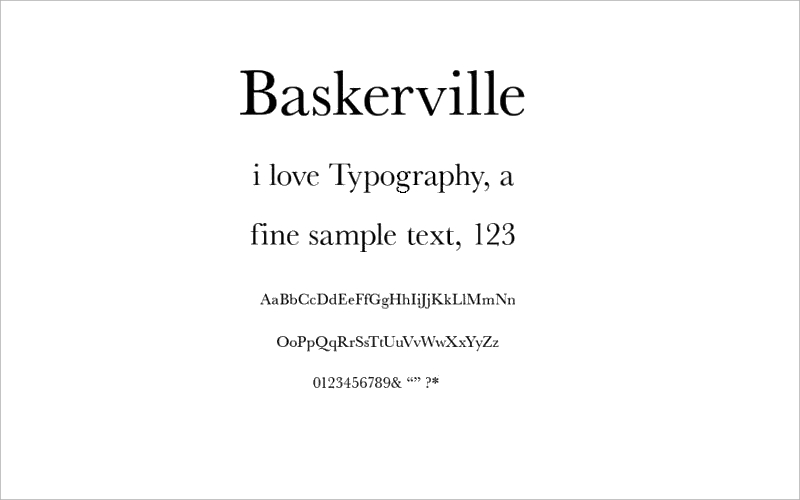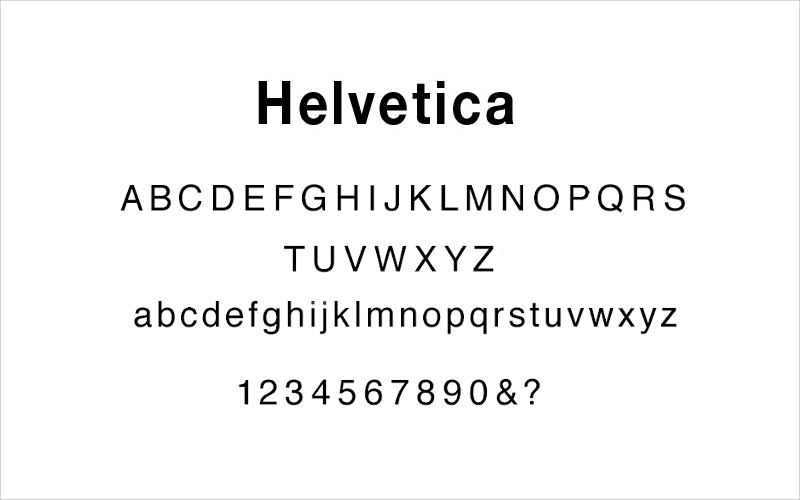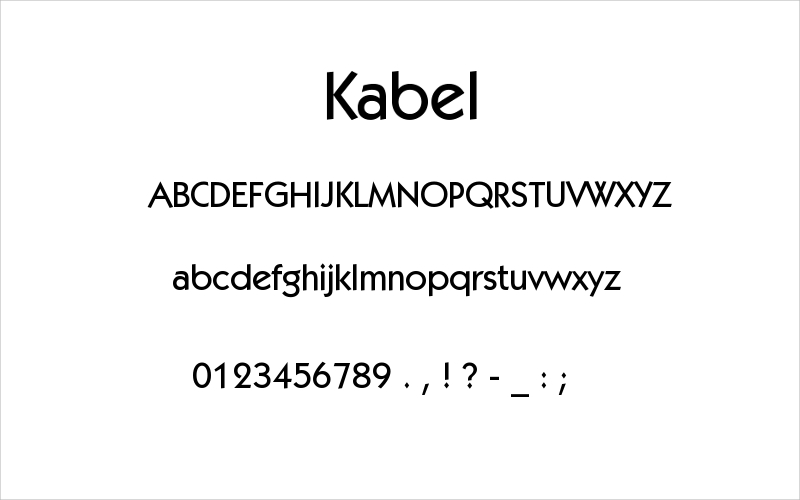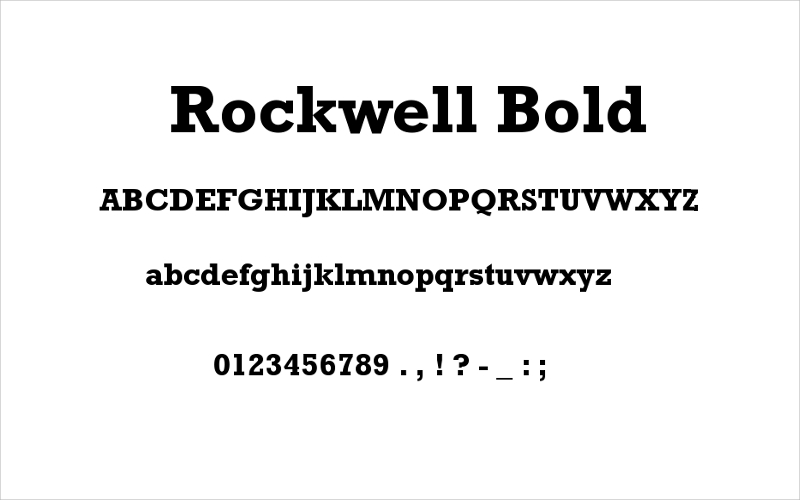Could The Paperless Workplace Finally Be Viable?
It was Frederick Wilfrid Lancaster who first came up with the concept of the paperless office in 1978, and finally now, almost 40 years later, it seems like it could be a viable possibility for businesses all over the world.
With the advanced technological developments of recent years, and the incredible gadgets we now have at our disposal, the prospect of banishing paper from the workplace now appears completely viable for many businesses.
The benefits of the paperless workplace
Working without paper comes with a multitude of benefits. It can save businesses two of its most important resources: time and money.
- Research by The Paperless Project has discovered that every misfiled document costs as much as $ 125 in lost productivity – and every 12 filing cabinets you add to your collection requires another employee to maintain and organize.
- The grassroots organization also estimates that workers spend as much as 30% of their time in the office searching for documents or paper files.
- Gartner discovered that the typical employee in an office makes more than 60 weekly trips to the printer or copier, and around 4 weeks every year are lost trying to find mislabeled or lost documents.
- Shockingly, PricewaterhouseCoopers also estimates that 7.5% of a business’ total documents are destined to go missing.
If these statistics aren’t enough to convince you to speed up your journey towards a paperless office, we don’t know what will! Here’s how you can reduce the amount of paper used in your workplace and make the move towards more accurate and efficient digital records.
How to go paperless
Firstly, evaluate whether your business could viably switch to paperless billing and invoicing. There are a multitude of ways this can be accomplished nowadays, with online invoicing tools, digital statements and electronic payslips all available at little or no cost. This can cut your paper consumption instantly, and ensure that there’s no risk of important invoices or bills going missing.
You can also switch to online document editors, rather than printing and distributing endless documents around your staff. Use tools like Google Docs, Microsoft Office Online or free tools like Freedcamp to share important documents with your team and allow them to edit collaboratively.
If you’re still using paper timesheets, it’s time to ditch them and make the transition to a more effective solution. Electronic time and attendance systems can help you to manage your workforce more efficiently, as well as stamping out the risk of things like time theft or buddy punching.
Many workforce management systems nowadays come with integrated payroll and scheduling tools, to help further cut the use of paper in your working environment.
Advance Systems provides comprehensive workforce management systems which incorporate time and attendance, employee scheduling and absence management features – all completely paperless.
Find out how Advance Systems could help you make the switch from paper to digital.
The post Could The Paperless Workplace Finally Be Viable? appeared first on Onextrapixel – Web Design and Development Online Magazine.









